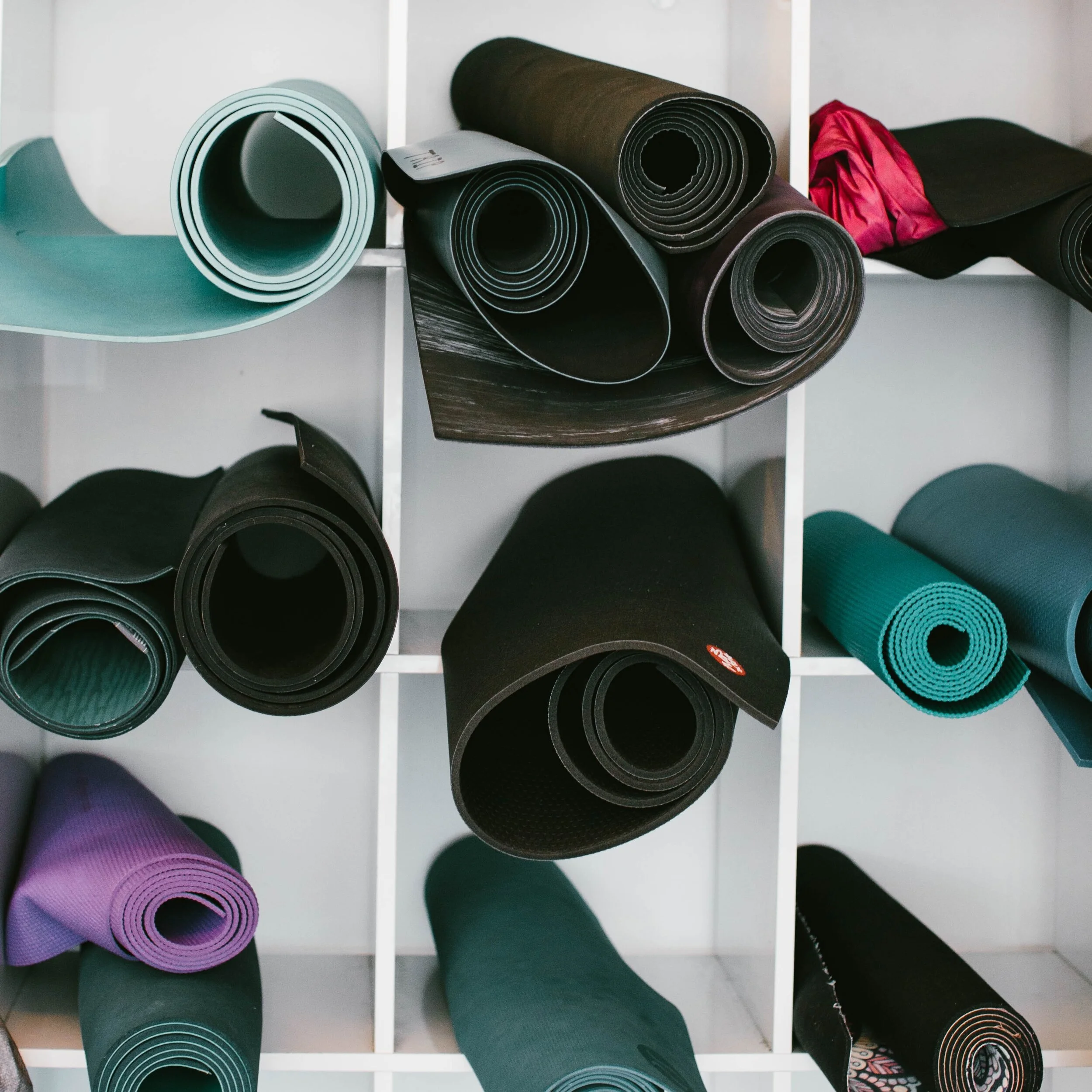Wellness Unwrapped: yearning for yoga
Pi Media’s Lifestyle columnist Priya Patel embraces yoga — and shares why you should too.
Source: unsplash
Recently, I have become a little obsessed with yoga, and yes, I’m aware that I’m about two lockdowns late in picking up on this trend. Nevertheless, I have finally decided to join the rest of the nation in this craze and I’m rather enjoying it. There is something oddly satisfying in the relatively painful stretching of my hamstrings and hip flexors. I think it’s the fact that I know I’m slowly strengthening my extremely inactive lockdown muscles whilst gradually becoming more flexible. That’s the thing with yoga. Everything is gradual; nothing can be rushed. This goes totally against the normal flow of life, where everything and everyone is fast-paced and moving non-stop. Even during this national lockdown, I often feel as though I am rushing through a list of tasks to do. I sometimes even rush to reach the end of the books I’m reading. Yoga forces me to stop and take a well-earned rest.
Yoga is an ancient Indian form of exercise that combines body strength, flexibility and breathing. I reckon I’m a fan because it’s extremely low impact too. I also appreciate that yoga lets me relax whilst not staring at a screen (as I do for the other 90 per cent of my waking hours). During the hour of my practice, I’m forced to be alone with my thoughts without any distractions.
I would say the favourite part of my practice is definitely the breathing; yoga uses a specific form of deep breathing called the Ujjayi breath. Not only does this breathing style help you to relax during the practise, but it actually helps to soften the restrictive fascia within your body, thus enabling you to go further in your stretch. Fascia is a “thin casing of connective tissue that surrounds and holds every organ … and muscle in place.” When you are stressed or tense, it tightens up. Deep Ujjayi breath acts as a kind of gentle massage for our fascia, consequently facilitating the intense stretches we do during yoga.
Of course, there are all the health benefits of yoga too. I was amazed when I discovered that regular yoga practise is “beneficial for people with high blood pressure, heart disease, aches and pains … depression and stress.” I’ve personally found that daily yoga has helped me to reduce the lower back pain I was experiencing due to being constantly hunched over a desk. Most of us spend our days sitting in the same position for hours (usually seated at desk, or just seated). Recent research has shown that our sedentary lifestyle is increasing our morbidity and mortality rates by a concerning amount. We are no longer using the muscles in our body for their intended purpose – to move. Being forced to spend all day inside your house during this pandemic is not helping either. No wonder we are all suffering from shoulder or back pain! Apart from actually getting up and walking, I have found that yoga is one of the best ways to give my muscles the mobility they need.
Thanks to YouTube, we have all got free and easy access to classes whenever we feel like attending (my personal favourite channel is SarahBethYoga – she has a deliciously soothing voice). Thanks to Amazon, you can order a yoga mat for under £20 and have it delivered to your door within a day. A yoga practise can also vary in length; anywhere from a 5-minute stretch before bed to a 30-minute morning routine. Even if you are not the typical spiritual-green-juice-drinking-yoga-retreat type, I urge you to take some time for yourself away from the screens that rule our lives, get out your mat, and just breathe.
This article is published as part of the Wellness Unwrapped series, written by Pi Media columnist Priya Patel.

